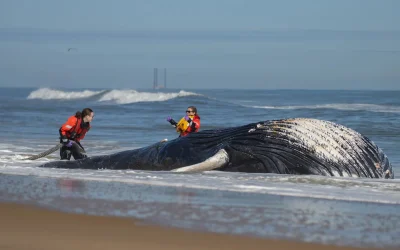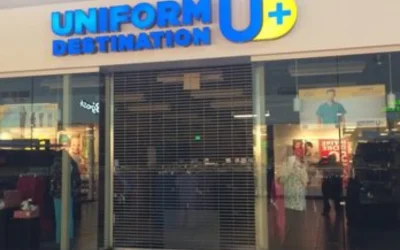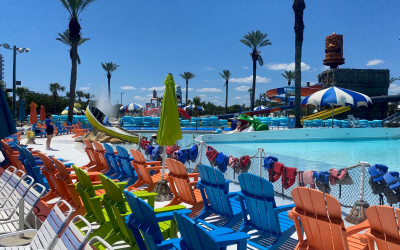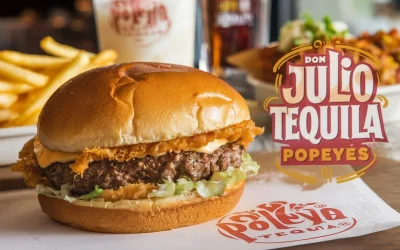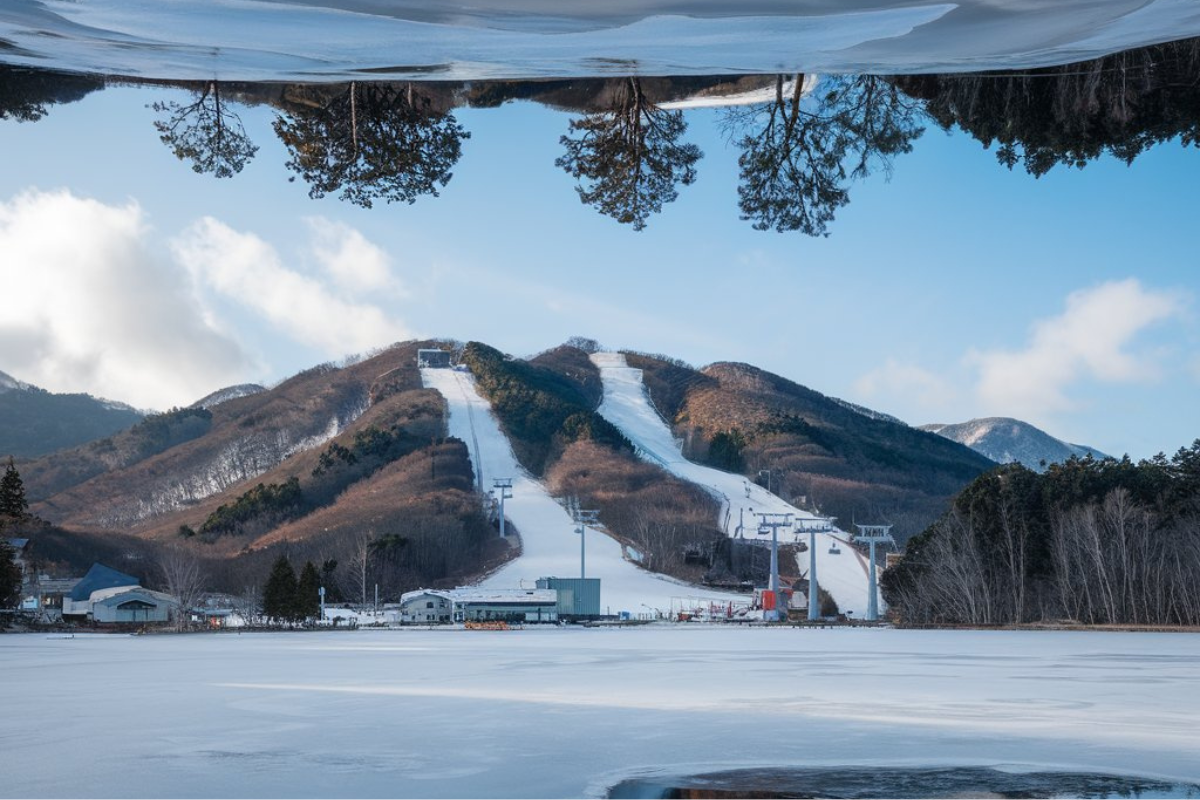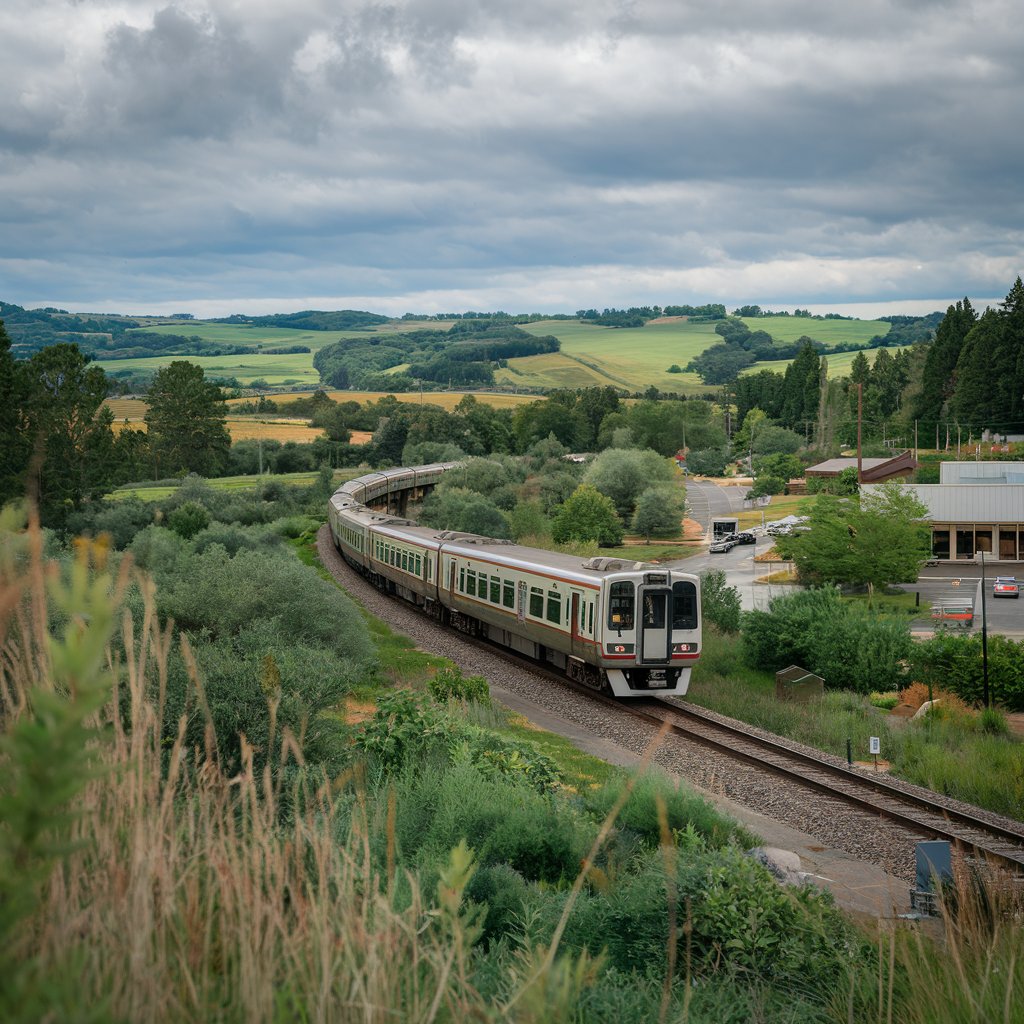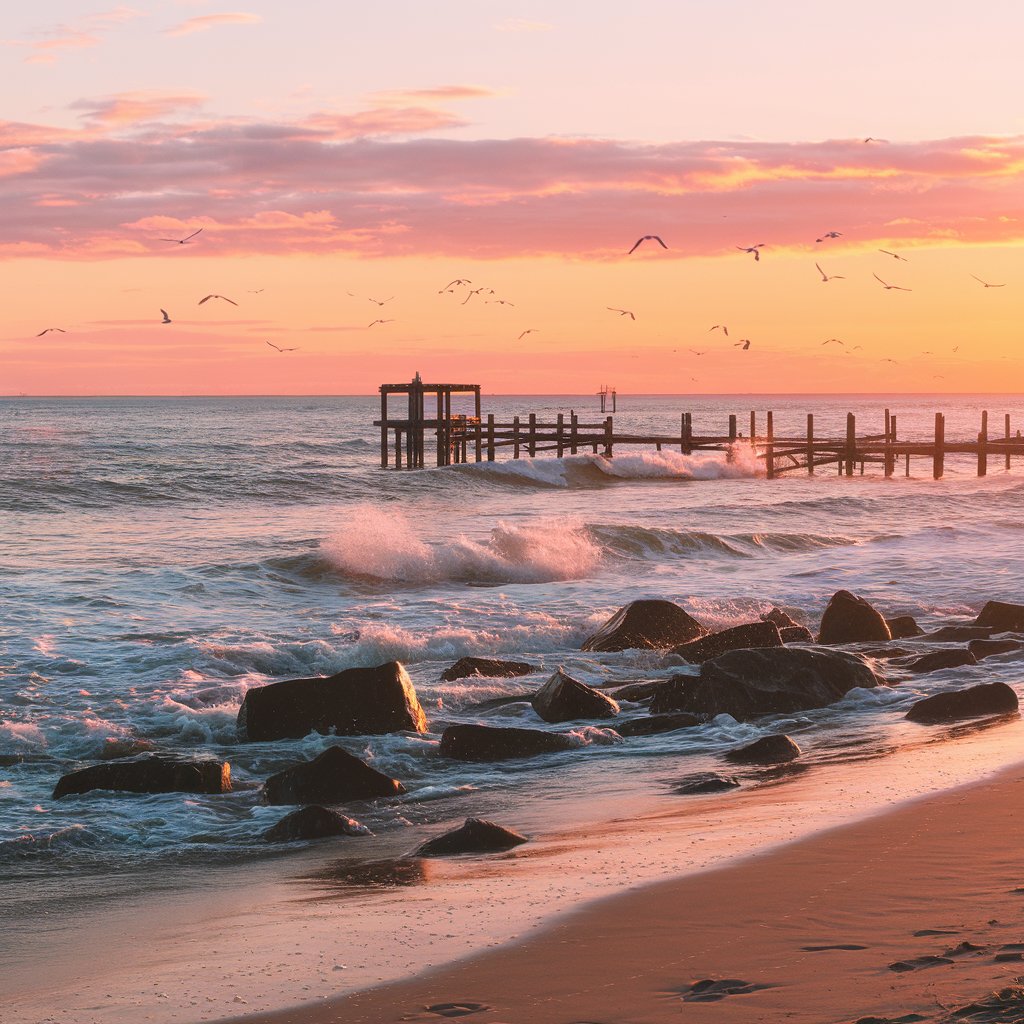Sanibel Island Hurricane Milton: Impact and Recovery
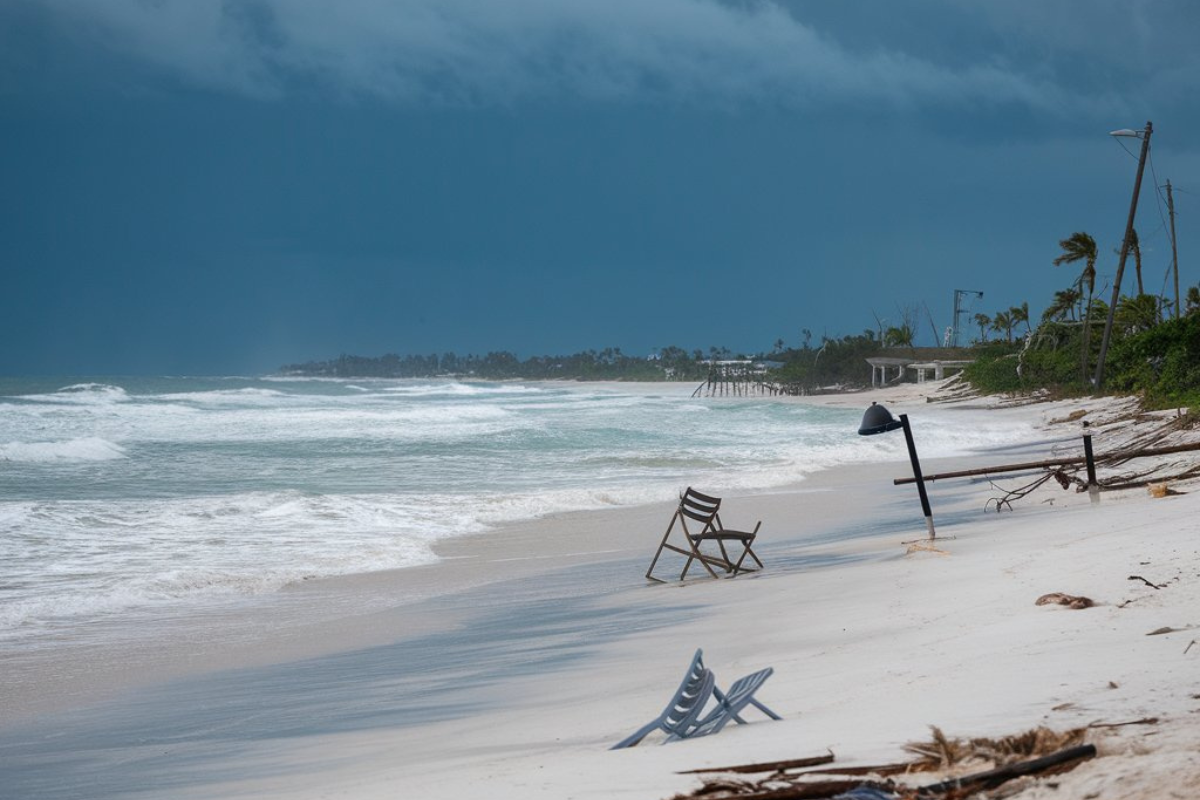
Long praised for its natural beauty and peaceful surroundings, Sanibel Island is a barrier island off Florida’s Gulf Coast. But its position renders it vulnerable to hurricanes. A Category 3 storm, Hurricane Milton struck Sanibel Island greatly in October 2024 near Siesta Key. The effects of Hurricane Milton on Sanibel Island, the following recovery initiatives, and the island’s resilience to natural disasters are investigated in this paper.
Overview of Hurricane Milton
Early October 2024 Hurricane Milton developed in the Gulf of Mexico. Originally developing as a tropical depression, it quickly grew into a Category 5 storm under ideal circumstances including low wind shear and warm sea surface temperatures. Milton deteriorated to a Category 3 storm with consistent winds of about 120 mph before making landfall. It struck close to Siesta Key, just south of Tampa Bay, on October 9, 2024. With hurricane-force winds spreading outward, the storm’s enormity meant that even Sanibel Island, further south, suffered notable consequences even though it was not directly at site of impact.
Impact on Sanibel Island
Hurricane Milton presented significant obstacles for Sanibel Island. Along with lots of rain, the storm surge caused extensive flooding all around the island. Many houses and businesses were flooded, severely damaging their contents. Roads and utilities among other aspects of the island’s infrastructure suffered greatly, which caused transit problems and power outages. Sanibel’s appeal stemmed mostly from the natural surroundings, which suffered as well. Erosion of beaches and disturbances in the fragile ecosystems within the island’s wildlife refuges were results. Sanibel Island’s constructed and natural habitats were seriously threatened by the mix of water and wind damage.
See more: Hither Hills State Park: A Nature Lover’s Paradise
Recovery Efforts
On Sanibel Island, attempts for recovery started right away following Hurricane Milton. Working with state and federal agencies, local officials started search and rescue efforts to guarantee citizen safety. While public works workers concentrated on clearing trash and restoring roads, utility providers labored to restore power and water supplies. Providing quick aid—like food and supplies to people in need—was mostly dependent on volunteers and community organizations. Financial assistance offered by government and charitable organizations helped businesses and homes to be rebuilt. In order to stop beach erosion and heal affected animal habitats, they also started environmental restoration programs. The combined project sought to bring the island back to normal and assist with community resilience.
Historical Context of Hurricanes on Sanibel Island
History of Sanibel Island involves multiple storm encounters. Especially in September 2022, the Category 4 hurricane Hurricane Ian severely damaged the island, which resulted in protracted recovery initiatives. The people of the island have shown resiliency, rebuilding, and using strategies to lessen the effects of next storms. Emphasizing the need of readiness and sustainable development, the regular hurricane activity has affected building rules and community planning.
Lessons Learned and Future Preparedness
The Hurricane Milton experience made clear how urgently Sanibel Island needs strong disaster readiness. Important lessons encompass the requirement of early evacuations, the need of strong infrastructure able to endure extreme weather, and the need of community cooperation throughout phases of recovery. To increase readiness for next storms, investments in public education campaigns, early warning systems, and better forecasts have been given top priority. Aiming to combine human occupancy with the maintenance of natural defenses against hurricanes, such as mangroves and wetlands, debates on sustainable development and environmental protection have also acquired pace.
FAQs
How often do hurricanes impact Sanibel Island?
Off Florida’s Gulf Coast, Sanibel Island is vulnerable to hurricanes—especially during the Atlantic hurricane season, from June to November. Though not every year brings a direct strike, the island has gone through major storms including Hurricane Ian in 2022 and Hurricane Milton in 2024.
What measures are in place to protect Sanibel Island from hurricanes?
Strict building rules enforced by Sanibel Island help to increase resistance against storms. To lower storm surge effects, the community also stresses public education on storm readiness, evacuation plans, and preservation of natural barriers like mangroves and dunes.
How did Hurricane Milton compare to previous storms affecting Sanibel Island?
On Sanibel Island, Hurricane Milton, a Category 3 hurricane making landfall in 2024, left great wind damage and floods. By contrast, Hurricane Ian in 2022 was a Category 4 hurricane that caused significant damage to infrastructure and ongoing power disruptions. Both storms underlined the island’s fragility and the need of constant readiness.
What steps have been taken to restore Sanibel Island’s natural habitats after Hurricane Milton?
Beach renourishment operations to solve erosion, restoring native flora, and rehabilitation of wildlife impacted by the storm have been part of efforts to restore Sanibel Island’s natural habitats following Milton. These projects seek to support island biodiversity and maintain its natural equilibrium.
How can residents and visitors stay informed about hurricane threats to Sanibel Island?
Through several channels—local government notifications, National Hurricane Center updates, and community organizations committed to disaster readiness—residents and visitors can remain informed about hurricane hazards. Two very important aspects in guaranteeing safety during hurricane season are keeping current and creating a personal emergency plan.
Conclusion
The effects of Hurricane Milton on Sanibel Island in 2024 acted as a sobering reminder of the difficulties coastal towns face from natural events. The island’s answer highlighted the tenacity and will of its people, municipal officials, and volunteers. Although the devastation was considerable, the quick recovery initiatives showed the community’s will to rebuild more robust than before. Sanibel Island keeps changing to fit the reality of storm risks by means of better infrastructure, increased emergency readiness, and environmentally friendly projects. Though storms like Hurricane Milton have long-lasting consequences, the island’s capacity for recovery and prosperity emphasizes the resiliency of individuals who live here. Sanibel Island is still a popular place ready to meet upcoming challenges with strength and togetherness by learning from past events and acting pro-actively.




